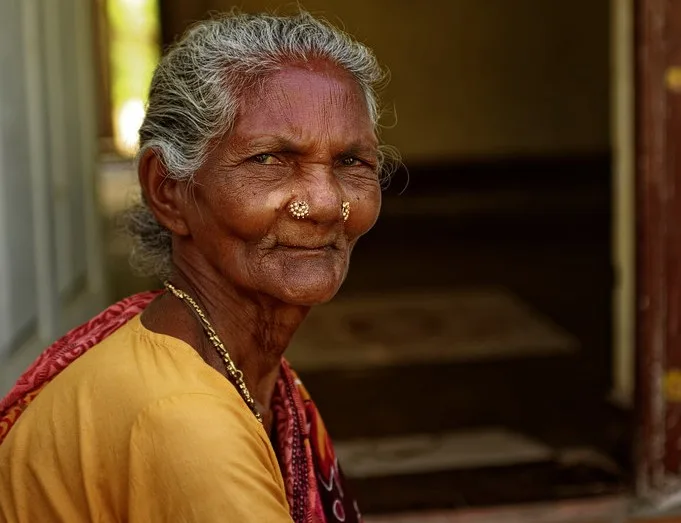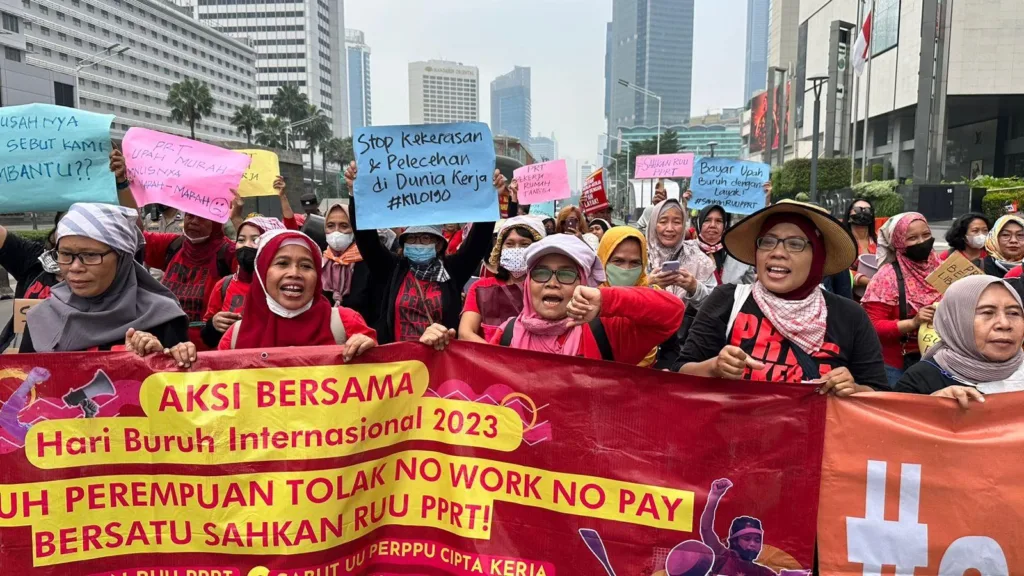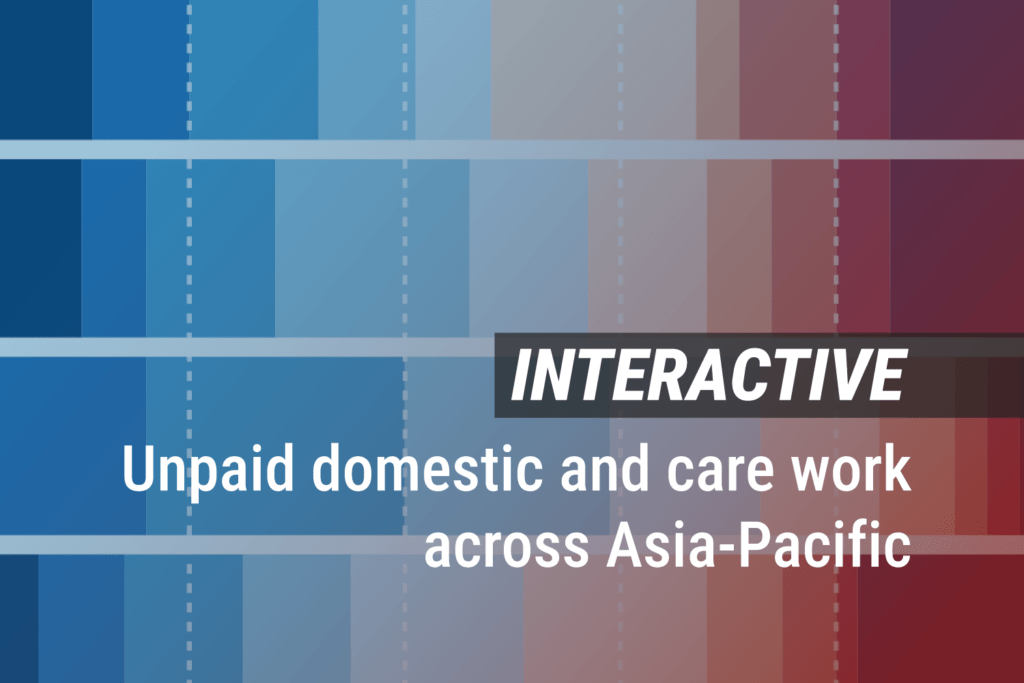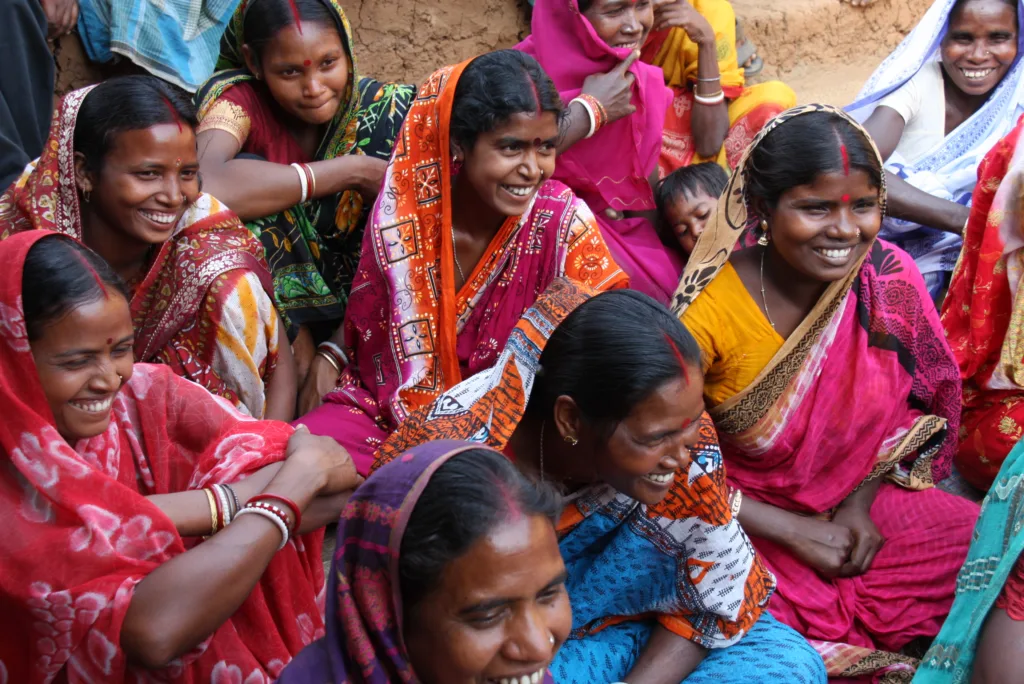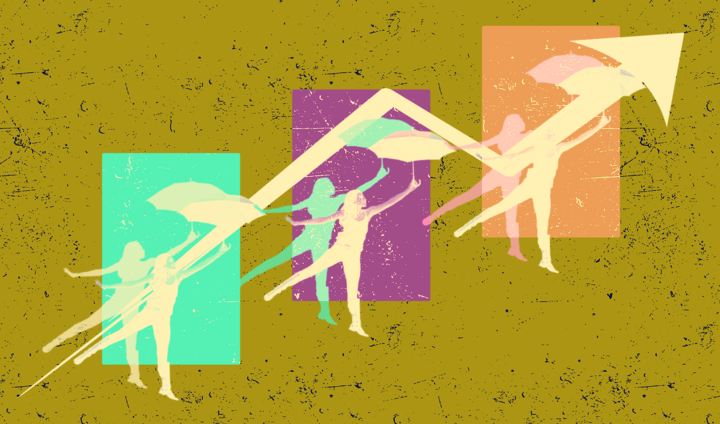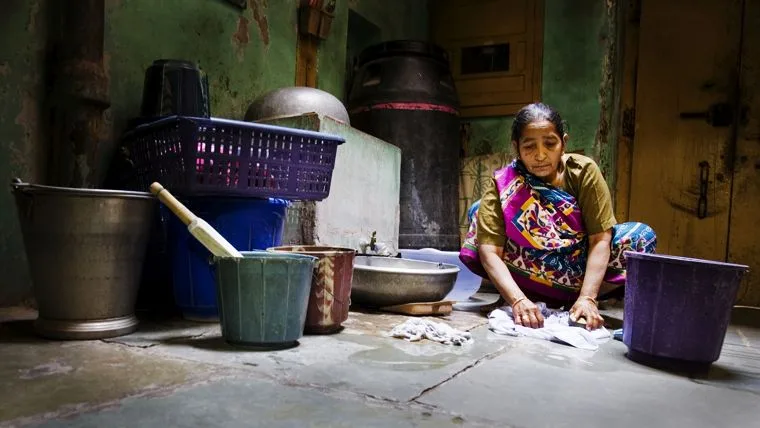All the gender inequalities Australian women encounter over the course of their lives leaves them more susceptible to poverty and poorer mental health than men.
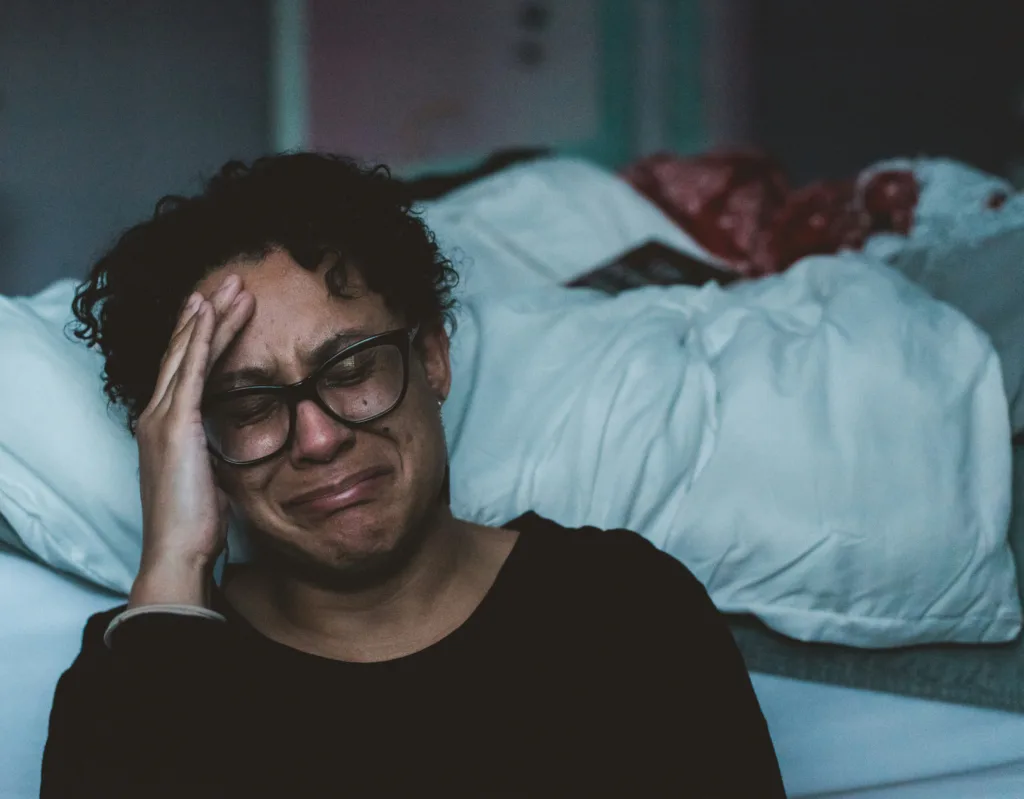 The cumulative disadvantage faced by Australian women can have profound impacts on their mental health. : Unsplash: Claudia Wolff Unsplash Licence
The cumulative disadvantage faced by Australian women can have profound impacts on their mental health. : Unsplash: Claudia Wolff Unsplash Licence
All the gender inequalities Australian women encounter over the course of their lives leaves them more susceptible to poverty and poorer mental health than men.
It often begins with the birth of your first child — when the well-known ‘motherhood penalty‘ kicks in.
But that’s only the start of the significant gender inequalities many Australian women face, leading to health and financial repercussions over the rest of their lives.
Women are more likely than men to take time out of work to care for children, and as a 2022 Treasury analysis revealed, the arrival of children creates a large and persistent increase in the gender earnings gap.
In the short-term, this inequitable division of domestic labour has implications for women’s economic well-being and career advancement.
But look further ahead, and research has found that Australian women over the age of 65 are more likely to be in poverty than men of the same age. The odds of this were even higher for those women who were divorced, separated or widowed.
This poverty leads to them reporting poorer mental health, while posing no apparent risk to men in a similar financial position.
Fundamental to this divide are gender inequities in lifetime savings — reduced time in the workforce due to caring responsibilities being a major contributor to this — as well as in the division of acquired wealth following a marriage or other relationship breakdown.
Targeted action could address these pathways of disadvantage women commonly face.
The unequal division of labour is integral to the cumulative gender inequalities apparent globally.
The way time is distributed between men and women is highly gendered, with women spending vastly more time than men engaged in unpaid work or domestic labour.
Research over the last 30 years reveals this is true across countries globally.
It is also the case in Australia, where, based on data from the Household, Income and Labour Dynamics in Australia, or HILDA survey, research found women spend an additional 16 hours a week on unpaid labour compared to men.
This disproportionate burden of unpaid labour has implications for women’s mental health.
Unpaid labour also negatively impacts employment.
The latest ABS data reported that unpaid caregiving responsibilities were the largest barrier to employment for women, with 75 percent of women with children under the age of 15 indicating they wanted a job or more working hours.
What’s more, research suggests that even when these unpaid labour demands subside they have a scarring effect — impacting on women’s ability to recover gainful and less precarious employment for many years afterwards.
Precarious employment is not only linked to poorer economic well-being — fewer savings, less superannuation, less security — and poverty, but also impacts mental health.
While the mental health of Australian men, like women, is negatively impacted by precarious employment, Australian women are exposed to it at a much higher rate.
The sum of all this is that Australian women, similarly to women in many other parts of the world, continue to experience cumulative disadvantages across their lives.
A more equal distribution of caregiving in Australia could be a fundamental first step to addressing these burdens, making caregiving something men do more of too.
To enable this, workplaces could allow men the same level of job flexibility and part-time options as those offered to women.
One significant lever could be ‘use-it or lose-it’ paid paternity care.
According to the Workplace Gender Equality Agency’s latest results, currently only 14 percent of Australian men take employer-funded paid primary carer’s leave.
In Norway, 90 percent of fathers take parental leave, and the gender gap in labour force participation has consequently narrowed, thanks to mandatory paternal leave quotas, known as ‘the daddy quota’.
Another strong policy lever being called for in Australia is universal quality childcare.
This has been very effective in other OECD countries, evidenced by the highest maternal employment rates in countries that provide nationally subsidised integrated quality childcare programs including the Netherlands, Sweden, Iceland, Slovenia and Denmark.
Given the latest ABS data revealed early childhood education and care to be a key barrier to women’s employment, universal childcare in Australia could be the answer.
Ultimately, it is widely agreed that gender equality cannot advance without a major reconfiguration of the way time is distributed between men and women.
More specifically, how household labour is divided to encourage men who are often willing but not enabled, to take on more responsibilities within the home.
To date, the shift of women into the labour force has not, in the main, been matched by shifts of men into the unpaid realm of caring and household responsibilities.
Until this occurs, women will continue to experience disproportionately more precarious employment over their lives, be more susceptible to poverty, and be more vulnerable to poorer mental health.
Jennifer Ervin is a research fellow and PhD candidate at the Centre for Health Policy in the Melbourne School of Population and Global Health at The University of Melbourne, Australia. Her work predominantly focuses on gender (in)equality, unpaid caregiving, employment, gender norms and mental health.
Associate Professor Tania King is an ARC DECRA and Dame Kate Campbell Principal Research Fellow at The University of Melbourne. Her work broadly examines the social and structural determinants of health, with a particular interest in social and health inequalities.
The Innovative Measurement of Australian Gender (IN)Equality (IMAGINE) project is co-funded by the Australian Research Council and the Victorian Health Promotion Foundation.
Originally published under Creative Commons by 360info™.




